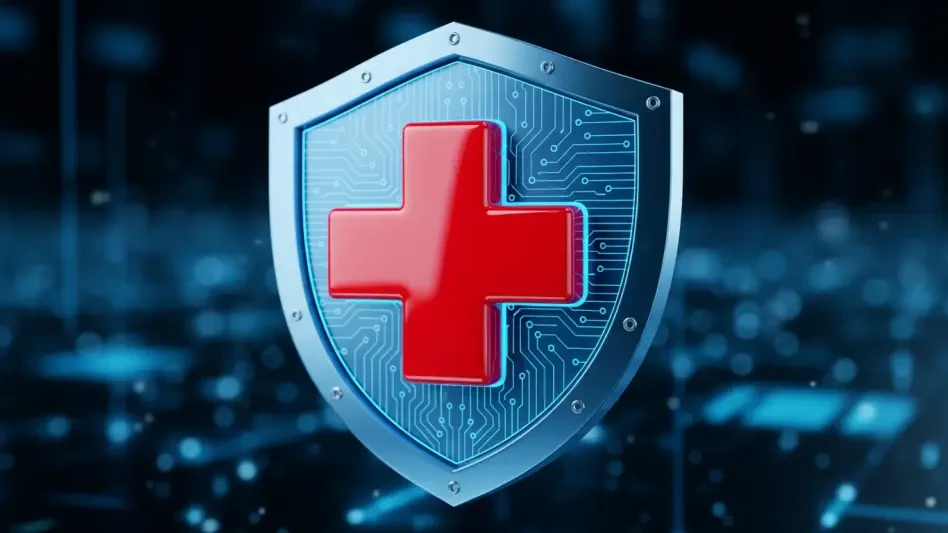In the rapidly evolving landscape of healthcare, where technology and security intersect, few voices carry as much weight as Faisal Zain’s. As a seasoned expert in medical technology with a deep background in the manufacturing of diagnostic and treatment devices, Faisal has been at the forefront of driving innovation while navigating the complex challenges of cybersecurity. Today, we dive into his insights on how cybersecurity must be woven into the fabric of healthcare organizations, the importance of collaboration across teams, and the strategies needed to balance security with innovation. Our conversation explores building a security-first culture, the power of communication in fostering trust, and the critical fundamentals that protect organizations in an ever-changing threat environment.
How did you come to realize the importance of integrating cybersecurity into the broader strategy of healthcare organizations?
Early in my career, I saw firsthand how technology in healthcare—especially with diagnostic and treatment devices—could transform patient outcomes. But with that came the sobering reality of vulnerabilities. A single breach could compromise not just data, but lives. I realized that cybersecurity couldn’t be an afterthought; it had to be a core part of strategic planning. Whether it’s adopting new tech or scaling operations, if security isn’t baked into the process from the start, you’re playing catch-up with risks that grow exponentially. Over time, I’ve worked to ensure that every innovation we pursue is matched with a robust security framework, aligning with the organization’s goals to protect and serve patients.
What challenges have you encountered in getting cybersecurity recognized as a priority among healthcare leaders?
One of the biggest hurdles is shifting the mindset that cybersecurity is just an IT issue. Many leaders initially saw it as a technical detail rather than a business imperative. I’ve had to demonstrate how a breach can derail everything—patient trust, financial stability, even regulatory compliance. It’s about showing the ripple effects, like how a compromised device could delay critical care. Overcoming this often meant persistent education, using real-world examples of breaches in healthcare to illustrate the stakes. Building those relationships and proving that security enables innovation, rather than hinders it, was key to gaining buy-in.
Can you walk us through the essential steps for embedding cybersecurity into an organization’s strategic planning process?
First, you need a seat at the table from day one. Cybersecurity must be part of discussions on any new initiative, whether it’s a tech upgrade or a partnership. Second, establish clear governance—create committees or workflows where security is a shared responsibility across departments. Third, pre-vet everything. Before any purchase or implementation, run a thorough risk assessment to identify potential gaps. I’ve seen this save organizations from costly mistakes, like adopting a tool that looks great on paper but has glaring vulnerabilities. Finally, make security a cultural value, not just a policy. It’s about constant reinforcement through training and dialogue so everyone understands their role in protecting the ecosystem.
How do you foster a culture where cybersecurity becomes second nature to all teams, not just IT?
It starts with collaboration. You can’t dictate security from a silo; you have to engage clinical, administrative, and business teams as partners. I’ve found that forming cross-functional committees helps—where different perspectives come together to solve security challenges. Regular training is crucial, but it needs to be relatable, not just technical jargon. For instance, explaining how a phishing email could lead to a delayed surgery hits home more than abstract warnings. And when there’s resistance, I listen first. Understanding their concerns about workflow disruptions allows me to tailor solutions that balance security with efficiency. It’s a slow build, but over time, security becomes a shared instinct.
What strategies do you use to balance the drive for innovation with the need for robust security in healthcare?
Innovation is the lifeblood of healthcare, especially with medical devices, but unchecked, it can open doors to risks. My approach is to embed security checkpoints at every stage of development or adoption. For example, when rolling out a new diagnostic tool, we assess its connectivity risks before it even reaches testing. I also advocate for scalable security frameworks—basics like access controls and encryption—that can adapt as tech evolves. It’s about enabling progress without complacency. I often remind teams that a secure environment is what allows us to innovate confidently. If we skip the fundamentals, we’re building on sand.
How do you use communication or storytelling to help non-technical staff grasp the importance of cybersecurity?
Storytelling is powerful because it makes the abstract real. I don’t talk in terms of firewalls or malware with clinical staff; instead, I paint a picture of what a breach could mean for them. Imagine a scenario where a hacked system delays a critical diagnosis—patients suffer, and trust erodes. I share anonymized cases of healthcare breaches, highlighting how a simple click on a bad link led to millions in damages or compromised patient records. These stories humanize the threat and show why security measures, even if inconvenient, are non-negotiable. It builds empathy and understanding, turning skeptics into advocates.
What are the core cybersecurity fundamentals that you believe every healthcare organization must prioritize?
The basics are still the bedrock. Multifactor authentication, strong password practices, and access management are non-negotiable—they stop most threats before they escalate. Endpoint protection and antivirus tools are critical, especially with the rise of connected medical devices. Incident response planning is another must; you need to know how to react when, not if, something happens. I’ve seen organizations chase shiny new tools like AI-driven security, but if you can’t get the fundamentals right, those are just expensive distractions. Focus on what’s proven to work, and build from there. It’s less glamorous, but it keeps you out of trouble.
What is your forecast for the future of cybersecurity in healthcare, especially with emerging technologies on the horizon?
I think we’re heading into a period of both opportunity and heightened risk. Emerging tech like AI and IoT in medical devices will revolutionize care—think real-time monitoring or predictive diagnostics—but they’ll also expand the attack surface. Cyber threats will grow more sophisticated, targeting connected ecosystems in ways we haven’t fully anticipated. My forecast is that organizations will need to double down on adaptive security models, where systems learn and evolve with threats. Collaboration will be even more critical, not just within organizations but across the industry, to share intelligence and best practices. Those who treat cybersecurity as a dynamic, integral part of their mission will thrive; those who lag will face growing consequences.









